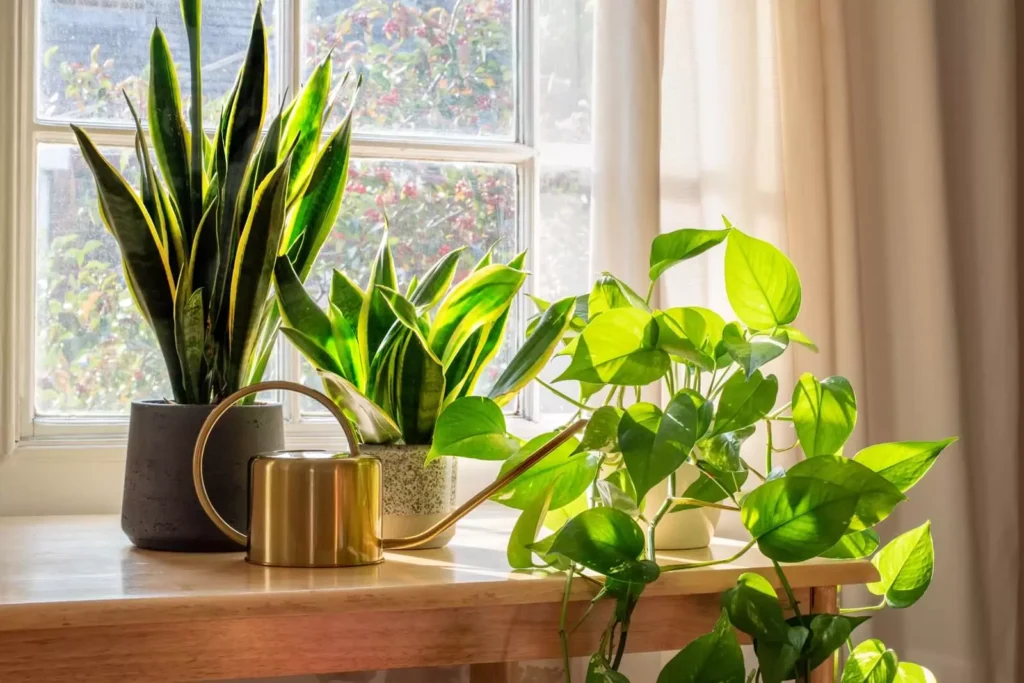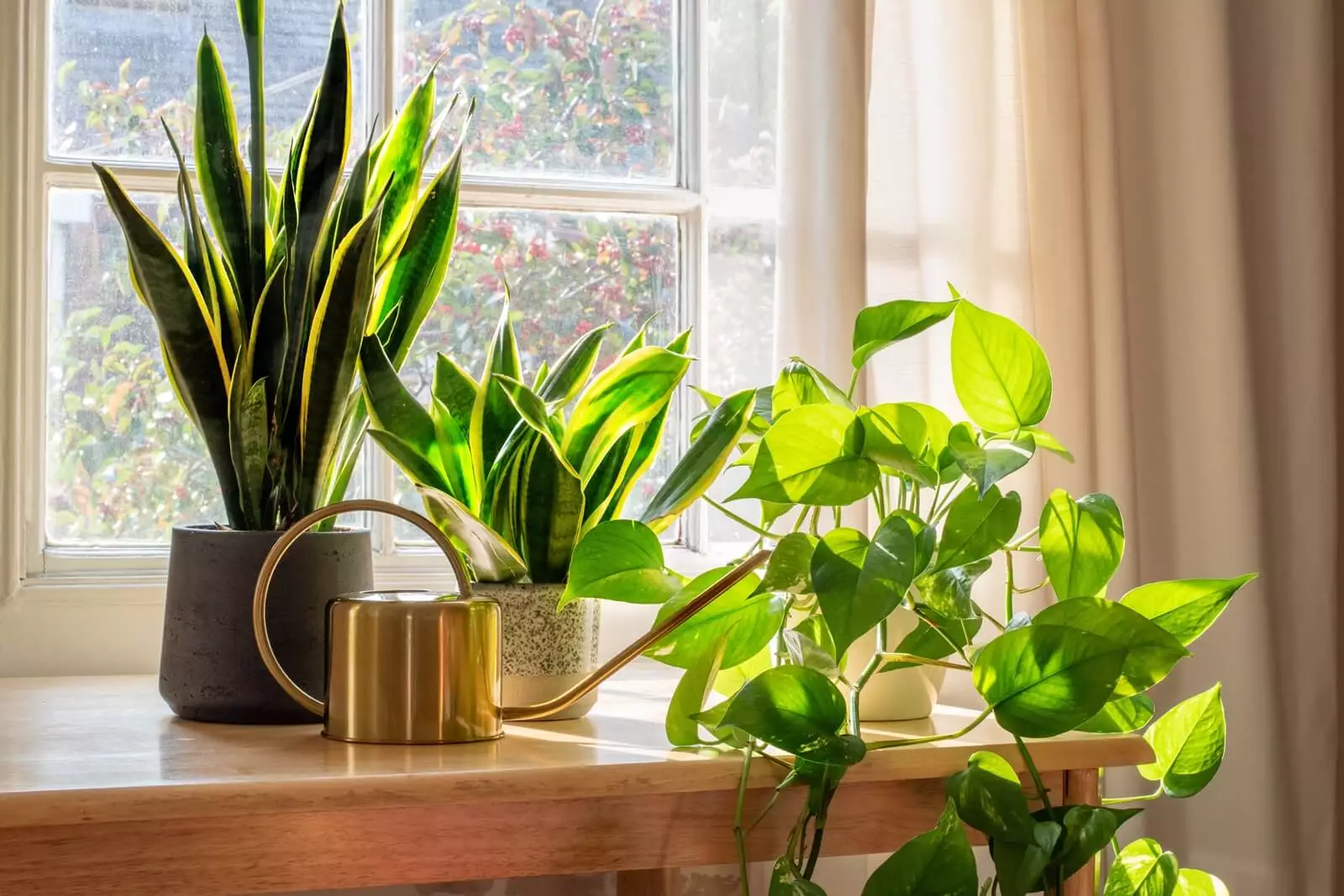
Content
Adding plants to your living space can breathe new life into your home’s ambiance. Whether you’re an experienced gardener or a newbie, selecting the right plants is crucial for creating a harmonious and inviting environment. Let’s explore the key factors to consider when choosing plants for your home.
Recommended for you: How to Choose the Right Microwave?
1. Assess Your Space
Before heading to the nursery, assess your space’s lighting conditions, humidity levels, and available space. Some plants thrive in bright, indirect light, while others prefer low-light settings. Matching plants with their ideal environment sets the stage for their growth.
2. Consider Maintenance Needs

Be honest about the time you can dedicate to plant care. Some plants demand daily attention, while others are more forgiving. Choose plants that align with your commitment level, ensuring they receive the care they need to flourish.
3. Choose Plants According to Your Style
Plants can complement your home’s decor and reflect your personal style. Sleek and modern interiors might benefit from minimalistic succulents, while lush ferns can add a touch of nature to bohemian-inspired spaces. Select plants that resonate with your aesthetic vision.
4. Research Toxicity and Pet-Friendliness
If you have pets, it’s vital to consider plant toxicity. Some common indoor plants can be harmful to cats and dogs if ingested. Opt for pet-friendly varieties like spider plants or Boston ferns to keep your furry friends safe.
5. Start with Easy-to-Grow Varieties

If you’re new to plant parenting, begin with easy-to-grow plants like snake plants, pothos, or peace lilies. These hardy options can withstand a bit of neglect and are perfect for building your confidence as a plant caregiver.
Further reading suggestion: A Comprehensive Guide on How to Choose the Right Furniture for Your Home
Conclusion: Nurturing Nature Indoors
Choosing the right plants for your home involves a thoughtful blend of aesthetics, practicality, and care considerations. By assessing your space, matching plants with your style, and understanding their needs, you can create a green oasis that brings joy and tranquility to your living space. Remember, every plant is a living companion that thrives with attention and care.
FAQs
Can I place flowering plants in low-light areas?
While most flowering plants require ample sunlight, some low-light-tolerant options include peace lilies and ZZ plants.
How do I prevent overwatering my plants?
Allow the top inch of soil to dry before watering and ensure your pots have proper drainage to prevent waterlogging.
Are artificial plants a good alternative?
While they require no care, artificial plants lack the air-purifying benefits of real ones. It’s best to mix in real plants whenever possible.

I am Donovan and my love is writing about home improvement. I write mostly about home ideas, but also share some tips and tricks that can make your life easier when it comes to getting things done in the house.
